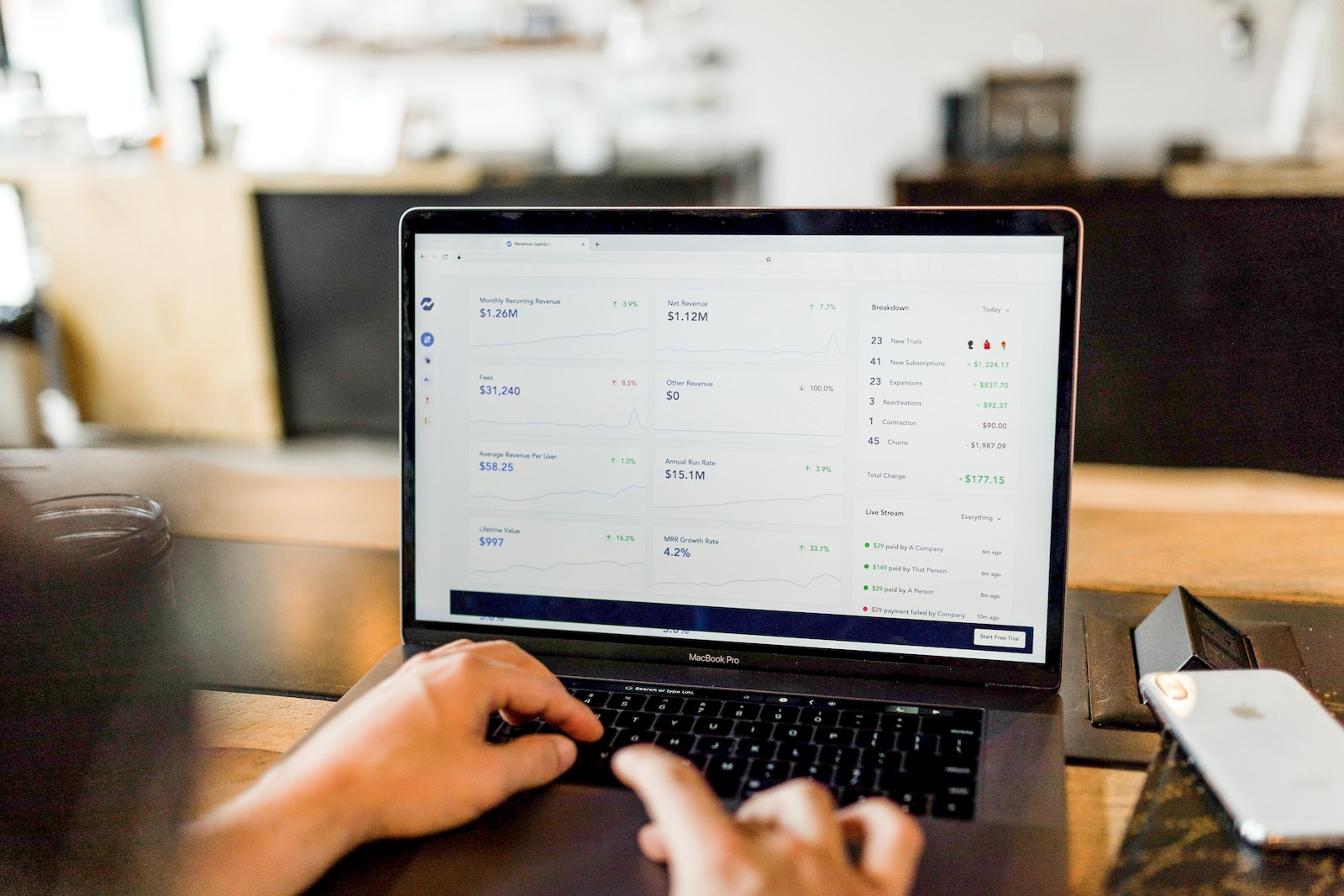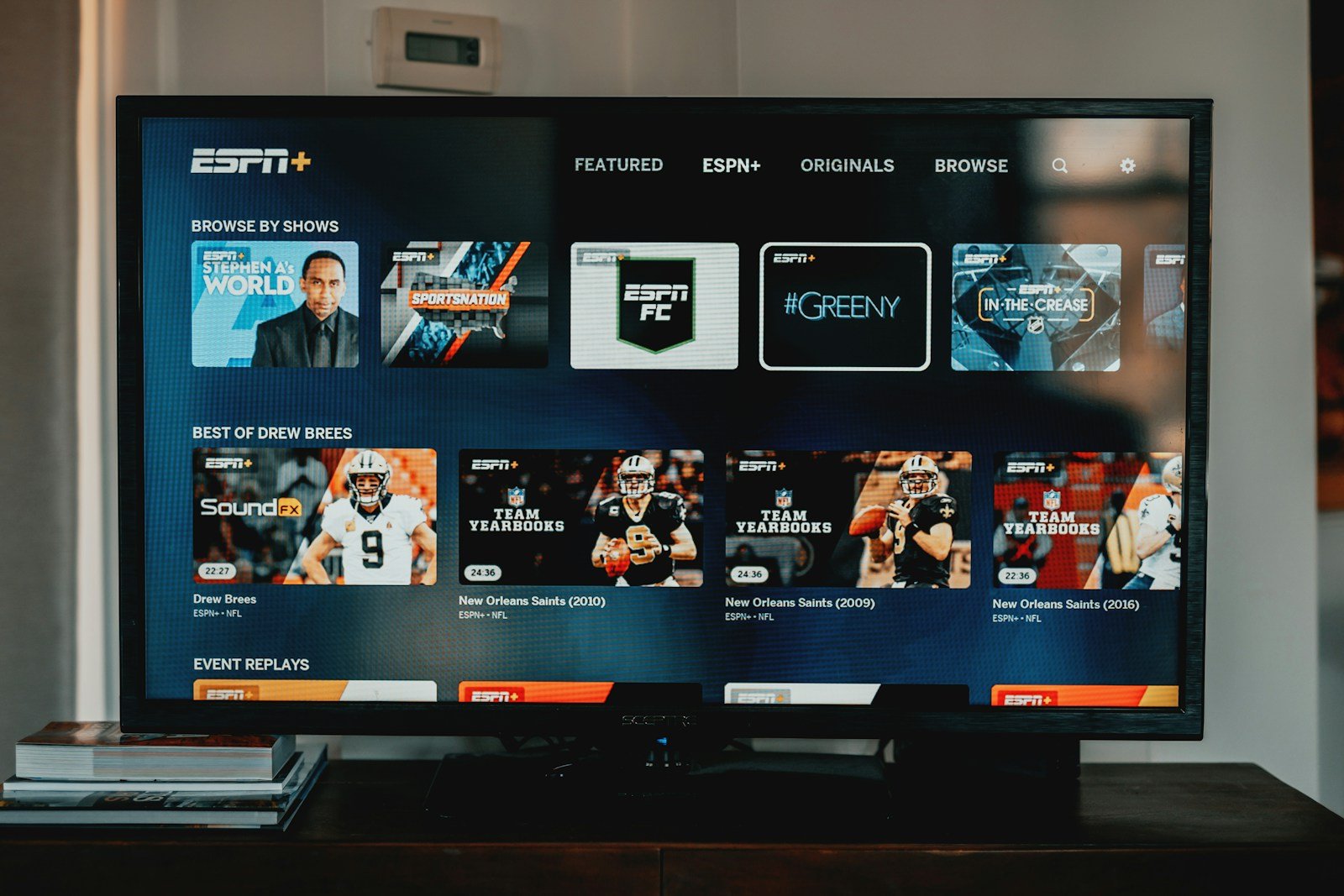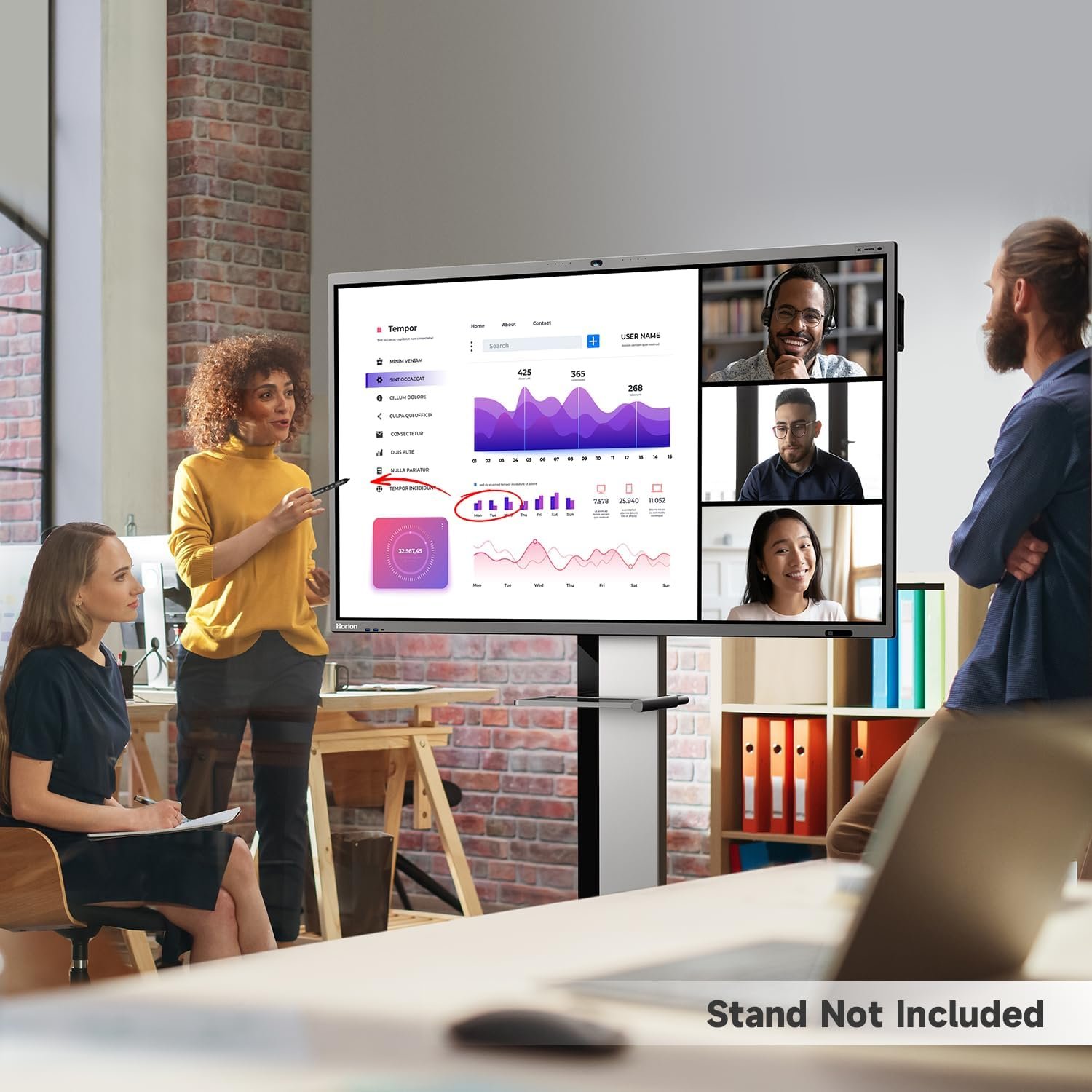If you’re looking for a powerful way to boost your sales and connect with potential customers, look no further than webinars. These online events provide a unique platform for engaging with your audience, showcasing your expertise, and ultimately driving sales. By utilizing the right strategies and tools, you can create a compelling webinar that not only educates and entertains but also converts viewers into loyal customers. In this article, we’ll explore some effective tips and techniques to help you drive sales through your webinar and achieve your business goals.
Unlock the Secret to Flawless Webinars – Contact Virtual Studio Today!
Understanding Webinar Sales Funnel
Concept of webinar sales funnel
The webinar sales funnel refers to the process of converting webinar attendees into paying customers. It is a strategic approach that involves guiding potential customers through a series of stages, from awareness to purchase. The concept is based on the idea that not all webinar attendees will immediately convert into customers, but with the right strategies and techniques, the chances of conversion can be significantly increased.
Stages of a webinar sales funnel
The webinar sales funnel typically consists of several stages:
-
Awareness: At this stage, the goal is to increase awareness about your webinar and generate interest among potential attendees. This can be done through various marketing channels such as social media, email marketing, and collaborations with influencers.
-
Interest: Once people are aware of your webinar, the next stage is to capture their interest. This can be achieved by aligning your webinar topic with the needs and desires of your target audience. By addressing their pain points and offering solutions, you can attract more attendees.
-
Consideration: At this stage, potential customers are evaluating whether your webinar is worth their time and money. To convince them, you need to provide compelling content and demonstrate your expertise and credibility. This can be done through effective storytelling, showcasing case studies, and sharing testimonials.
-
Decision: The decision stage is where potential customers make the final decision on whether to purchase your product or service. To encourage them to take action, you can create a sense of scarcity and urgency by offering special discounts or incentives that are only available for a limited time.
-
Conversion: Conversion is the final stage of the webinar sales funnel, where webinar attendees become paying customers. By implementing effective sales techniques and providing a seamless purchasing process, you can increase the chances of conversion.
Importance of an effective webinar sales funnel
Having an effective webinar sales funnel is crucial for driving sales and maximizing the return on investment (ROI) from your webinars. Here are a few reasons why it is important:
-
Increased conversions: By guiding potential customers through the various stages of the sales funnel, you improve the chances of converting them into paying customers. An effective sales funnel ensures that you are targeting the right audience, providing valuable content, and utilizing persuasive techniques.
-
Optimized marketing efforts: A well-designed sales funnel helps you optimize your marketing efforts by focusing on the most effective strategies for each stage. By understanding your target audience and their behavior, you can tailor your marketing messages and channels to increase engagement and conversion rates.
-
Long-term customer relationships: A sales funnel allows you to build long-term relationships with your customers. By providing valuable content, addressing their needs, and fostering engagement, you can establish trust and loyalty, leading to repeat purchases and referrals.
-
Quantifiable results: Implementing a sales funnel allows you to track and measure the performance of your webinars. By monitoring key metrics and analyzing attendee behavior, you can identify areas for improvement and make data-driven decisions to optimize your future webinars.
Planning and Preparing Your Webinar
Identifying your target audience
Identifying your target audience is a crucial step in planning your webinar. Understanding who your ideal participants are will help you tailor your content, promotional strategies, and engagement techniques to resonate with them. Consider demographics, interests, pain points, and goals of your target audience to create a webinar experience that addresses their needs effectively.
Choosing the right topic
Selecting the right topic for your webinar is essential to draw in your target audience and keep them engaged. Choose a topic that aligns with your expertise and addresses a specific pain point or challenge that your audience is facing. Conduct market research, survey your target audience, or analyze industry trends to identify topics that are in high demand and will attract the most attendees.
Scheduling the webinar
Choosing the right date and time for your webinar is crucial to maximize attendance. Consider factors such as time zones, holidays, and competing events that could affect attendance. Aim for a time that is convenient for your target audience and allows them to participate without any major scheduling conflicts.
Preparing content and slide decks
Create high-quality, informative, and engaging content for your webinar. Plan your presentation flow to ensure a logical progression of information and keep your audience’s attention throughout. Develop visually appealing slide decks that complement your content and make it easier for attendees to follow along. Incorporate relevant images, graphs, and statistics to enhance the visual appeal and comprehension of your webinar.
Promoting Your Webinar
Effective promotional strategies
Implementing effective promotional strategies is crucial to generate interest and maximize attendance for your webinar. Utilize various marketing channels such as social media, email marketing, content marketing, and paid advertising to reach your target audience. Create compelling and personalized messages that highlight the value of attending your webinar and address the pain points and goals of your audience.
Leveraging social media
Social media is a powerful tool for promoting your webinar and reaching a wide audience. Utilize platforms such as Facebook, LinkedIn, Twitter, and Instagram to create buzz around your event. Share captivating content, engage with your audience, and leverage relevant hashtags and groups to expand your reach. Collaborate with industry influencers or thought leaders to amplify your message and gain credibility.
Using email marketing
Email marketing is an effective way to nurture your leads and drive registration for your webinar. Segment your email list based on demographics, interests, and engagement levels to send targeted and personalized invitations. Create compelling subject lines, provide a clear call-to-action, and include a preview of the value attendees can expect from your webinar. Follow up with reminder emails closer to the webinar date to ensure high attendance rates.
Collaborating with influencers and industry leaders
Collaborating with influencers and industry leaders is a powerful way to expand your reach and leverage their credibility. Partner with influencers who have a relevant and engaged audience and arrange guest appearances or endorsements. Co-host webinars or invite industry experts as guest speakers to add value and attract more attendees. This collaboration not only enhances your webinar’s visibility but also establishes your authority in the industry.
Engaging Your Audience Before the Webinar
Using pre-webinar emails
Pre-webinar emails are a valuable tool for engaging your audience and building anticipation for your event. Send personalized emails to registered attendees, reminding them of the upcoming webinar and highlighting the key takeaways they can expect. Provide additional resources, such as relevant articles or downloadable materials, to keep participants engaged and interested in your webinar.
Providing valuable resources
Offering valuable resources to your audience before the webinar helps establish your expertise and builds trust. Create blog posts, videos, or downloadable guides that provide relevant and actionable information related to your webinar topic. These resources not only engage your audience but also demonstrate the value they can expect from attending your webinar.
Building anticipation and curiosity
Building anticipation and curiosity can significantly increase attendance and engagement for your webinar. Tease your audience with sneak peeks of what they can expect during the webinar. Share intriguing snippets of content, teasers of guest speakers or case studies, and highlight the exclusive insights or offers participants will receive. This builds excitement and creates a sense of anticipation that motivates attendees to actively participate.
Conducting an Effective Webinar
Keeping the audience engaged
Keeping the audience engaged throughout your webinar is critical to maintaining their attention and maximizing the impact of your message. Use a combination of storytelling, interactive elements, and engaging visuals to capture and hold their interest. Vary your presentation style, include relevant anecdotes, ask thought-provoking questions, and encourage participation through live chat or Q&A sessions.
Demonstrating expertise and credibility
Establishing your expertise and credibility is essential to gain the trust and confidence of your audience. Share your knowledge confidently, cite relevant research or industry statistics, and provide real-life examples or case studies to support your claims. Use storytelling techniques to share personal experiences or success stories that demonstrate your expertise and showcase the value of your product or service.
Personalizing the webinar experience
Personalize the webinar experience by addressing your audience’s specific needs and concerns. Use the registration data and participant engagement to tailor your content and examples to resonate with their challenges and goals. Incorporate polls, surveys, or interactive elements that allow participants to provide input or ask specific questions. This personalization creates a sense of connection and enhances the overall webinar experience.
Incorporating Sales Techniques in Your Webinar
Using storytelling to sell
Storytelling is a powerful sales technique that creates an emotional connection with your audience and helps them see the value of your product or service. Incorporate relevant stories, case studies, or testimonials that illustrate how your solution has solved similar challenges for others. Frame your product or service as the hero that can bring about positive change or help achieve desired outcomes.
Creating scarcity and urgency
Creating a sense of scarcity and urgency can drive immediate action from your webinar attendees. Highlight exclusive offers or bonuses that are only available for a limited time or to a specific number of participants. Emphasize the potential consequences of delaying the purchase decision, such as missing out on time-limited discounts or limited product availability. This urgency urges attendees to take action promptly.
Offering special discounts and incentives
Offering special discounts and incentives during your webinar can entice attendees to make a purchase. Provide exclusive discounts, bundle offers, or bonuses that are only available to webinar participants. Clearly communicate the value and benefits of these incentives and emphasize the unique opportunity they offer. This added value can tip the scales in favor of conversion for many attendees.
Engaging Your Audience During the Webinar
Encouraging interaction and participation
Encouraging interaction and participation during your webinar helps create an engaging and interactive experience. Utilize live chat or Q&A features to allow participants to ask questions, share insights, or provide feedback. Acknowledge and respond to their comments or questions in real-time, creating a sense of dialogue and collaboration. This interactivity keeps attendees engaged and creates a positive experience.
Using polls and quizzes
Incorporating polls and quizzes during your webinar can enhance engagement and gather valuable audience insights. Pose relevant questions at strategic points in your presentation and allow participants to vote or provide their answers. Share the results in real-time and discuss the implications, sparking further discussion and engagement. This interactivity not only keeps attendees engaged but also provides insights into their preferences and needs.
Addressing viewer questions and concerns
Addressing viewer questions and concerns during your webinar is crucial for building trust and demonstrating your expertise. Encourage participants to ask questions or share their challenges, and offer comprehensive and valuable answers. Address common objections or concerns related to your product or service and provide evidence or testimonials that alleviate any doubts. This responsive approach helps build credibility and increases the chances of conversion.
Following Up After the Webinar
Sending post-webinar emails
Sending post-webinar emails is an important step in following up with your attendees and maintaining their engagement. Thank them for attending, provide a recap of the key points covered, and highlight any additional resources or offers that were mentioned during the webinar. Include a call-to-action that directs recipients to take the next step, such as scheduling a consultation, purchasing a product, or accessing exclusive content.
Providing webinar replay and additional resources
Providing a webinar replay and additional resources allows attendees to revisit the content and reinforce their learning. Send a link to the webinar recording, slide decks, and any other relevant resources to all attendees. This enables those who couldn’t attend the live webinar or want to revisit specific sections to access the information at their convenience. Additionally, offer additional resources or guides that expand upon the webinar content and provide further value.
Conducting surveys and collecting feedback
Conducting surveys and collecting feedback from your webinar attendees is essential for evaluating your performance and gathering insights to improve future webinars. Send a post-webinar survey to gather feedback on the content, delivery, and overall webinar experience. Ask attendees to rate the webinar, provide suggestions for improvement, and gather testimonials. This feedback helps you learn from your audience and make necessary adjustments for future success.
Ready to Captivate Your Audience? Let Virtual Studio Elevate Your Webinar Game!
Measuring Webinar Performance and Success
Tracking webinar metrics and KPIs
Measuring the performance of your webinar requires tracking and analyzing relevant metrics and key performance indicators (KPIs). Some important metrics to track include registration rates, attendance rates, engagement levels during the webinar (e.g., chat interactions, poll responses), and conversion rates. By monitoring these metrics, you can evaluate the success of your webinar and identify areas for improvement.
Analyzing attendee behavior and engagement
Analyzing the behavior and engagement of your webinar attendees provides valuable insights into their preferences and needs. Analyze data such as the duration of attendees’ engagement, participation in interactive elements, and any actions taken during or after the webinar (e.g., clicking on links, downloading resources). This data helps you understand attendee behavior and make strategic decisions to enhance future webinars.
Evaluating sales and conversion rates
Evaluating the sales and conversion rates resulting from your webinar is an important measure of success. Track the number of leads generated, the percentage of leads that converted into paying customers, and the revenue generated as a direct result of the webinar. This data allows you to assess the ROI of your webinar and determine its effectiveness in driving sales.
Improving and Optimizing Future Webinars
Learning from past performance and feedback
Learning from past performance and feedback is crucial for improving and optimizing future webinars. Analyze the feedback received from attendees, review the webinar recordings, and study the metrics and KPIs to identify areas for improvement. Consider what elements worked well and what could be enhanced, and make data-driven decisions for your future webinar strategies.
Testing different techniques and strategies
Testing different techniques and strategies allows you to optimize your webinar approach and identify what resonates best with your target audience. Experiment with various presentation styles, interactive elements, promotional channels, or sales techniques to see what yields the best results. A/B test different elements of your webinar, such as subject lines, visuals, or call-to-action buttons, to determine the most effective options.
Continuously monitoring and updating your webinar strategy
Continuously monitoring and updating your webinar strategy is essential for staying ahead of industry trends and maintaining engagement with your audience. Stay up to date with the latest technology, marketing tactics, and best practices for webinars. engage with your audience on social media, conduct surveys, and gather feedback to understand their evolving needs and preferences. Update your webinar content, promotional strategies, and engagement techniques accordingly to ensure continued success.
In conclusion, understanding and implementing an effective webinar sales funnel can significantly increase your chances of driving sales and maximizing the impact of your webinars. By planning and preparing your webinar, promoting it using effective strategies, engaging your audience before, during, and after the event, incorporating sales techniques, measuring performance, and continuously improving your strategies, you can create a powerful webinar experience that drives results and contributes to your overall business success. So, get started today and unlock the potential of webinars as a powerful sales tool.
Transform Your Webinars from Bland to Grand – Connect with Virtual Studio Experts!







